**The intersection of technology and creativity has never been more profound. The creator economy, a burgeoning sector where digital content reigns supreme, is undergoing a significant transformation due to artificial intelligence (AI).** This progression is now reshaping the way creators develop, distribute, and monetize their content. In a world where creativity meets technology, this integration is not just improving efficiencies but also unlocking unprecedented opportunities for innovation and artistic expression.
The creator economy is traditionally associated with individuals leveraging digital platforms to showcase their creations. In the past, these creators often had to manage everything from content production to distribution alone. However, AI is changing the game by automating mundane tasks. For instance, editing videos, a time-consuming endeavor, can be streamlined using AI-powered tools like Adobe’s Sensei. These tools analyze clips, suggest edits, and even generate content themes, allowing creators to focus more on storytelling than on technicalities.
But AI’s contributions extend beyond productivity boosts. Consider content personalization; platforms like Netflix and YouTube utilize sophisticated algorithms to predict user preferences and suggest tailored content. This not only amplifies engagement but can also increase revenue streams for creators by aligning their content with specific audience niches.
AI also opens up new frontier markets. The voice cloning technology, for example, allows creators to produce multilingual versions of their content without additional time-consuming voiceover recording sessions. This innovation broadens their potential audience and enhances inclusivity, bringing creators and consumers closer on a global scale.
Monetization strategies in the creator economy traditionally relied on direct sales, subscriptions, and ad revenues. AI, however, introduces newer models. Companies like OpenAI have launched GPT-3, an AI language model that can generate advertising copy quickly and convincingly, offering creators a tool for better-targeted marketing campaigns. This not only attracts advertisers but potentially results in higher earnings.
Moreover, the advent of blockchain combined with AI ensures transparent, automated royalty payments, thus reinforcing the financial stability of digital artists. Smart contracts enable them to set predefined terms for each transaction, and AI monitors these contracts for execution and compliance without human intervention. This technology-driven trust can be a game-changer, allowing creators to focus on their passion rather than on administrative burdens.
For artists weary from battling platform algorithms for visibility, AI introduces yet another boon: fair content promotion. By optimizing content for search engines using AI, creators can ensure that their work appears to the right audience—boosting visibility without solely relying on platform-centric distribution methods.
As the creator economy leans ever more heavily into AI, it’s undeniable that challenges accompany its developments. There are genuine concerns about the potential for AI to replicate human artistry and creativity, raising questions about originality and authenticity. As AI generates art, music, and writings, it blurs the boundaries between generated content and human-made creations.
Moreover, biases embedded within algorithmic processes can lead to discrimination, inadvertently suppressing some creators due to uneven AI categorization. Therefore, it’s crucial for the future growth of the AI-powered creator economy to include considerations around ethical AI usage, transparency in data sets, and maintaining a human touch to creativity.
In conclusion, the fusion of AI with the creator economy represents a digital renaissance. While efficiencies improve and new realms of possibility are unlocked, AI remains a tool—an enabler of unprecedented creative freedom rather than a replacement for the human spark that fuels creativity. Therefore, creators must wield these tools with an understanding of both their immense potential and their inherent limitations.
As technology continues its rapid evolution, those at the intersection of AI and creativity stand at the forefront of crafting the future narrative of arts and technology, where the only limit is one’s imagination.
AI
The future of the creator economy is powered by AI

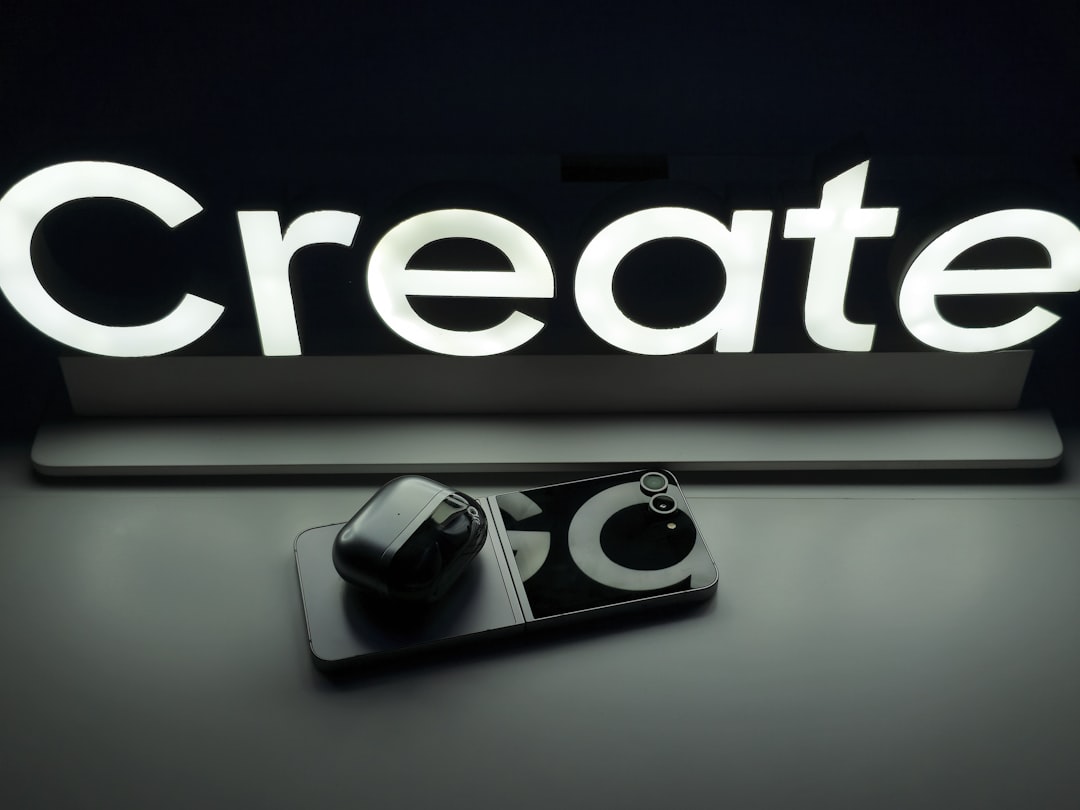
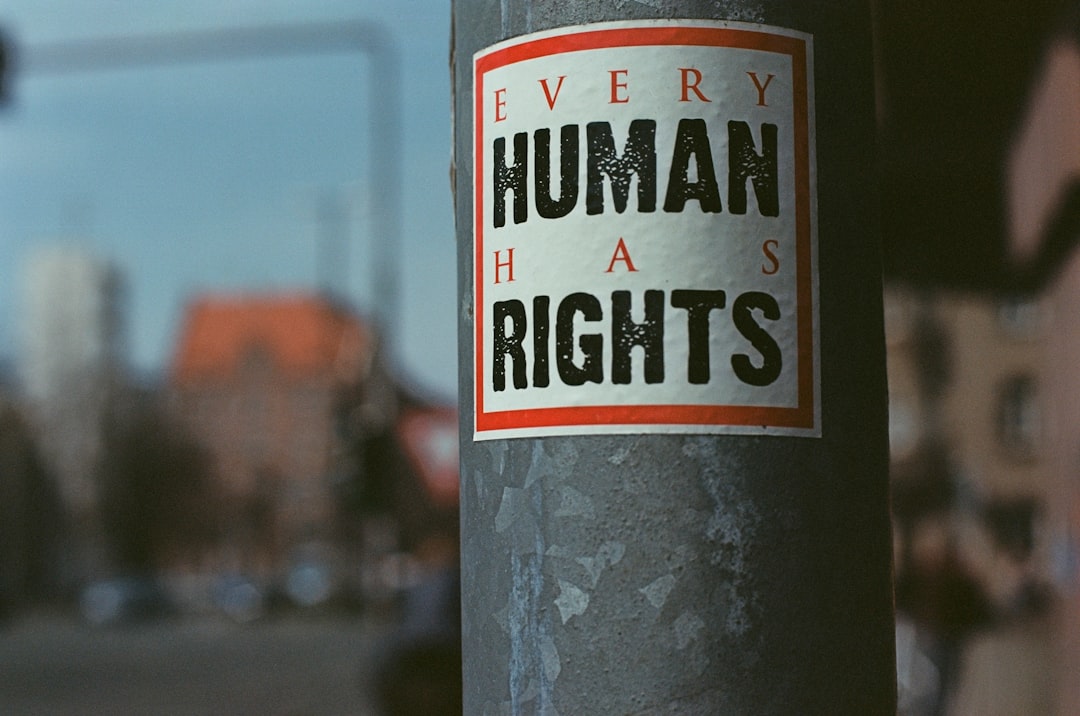
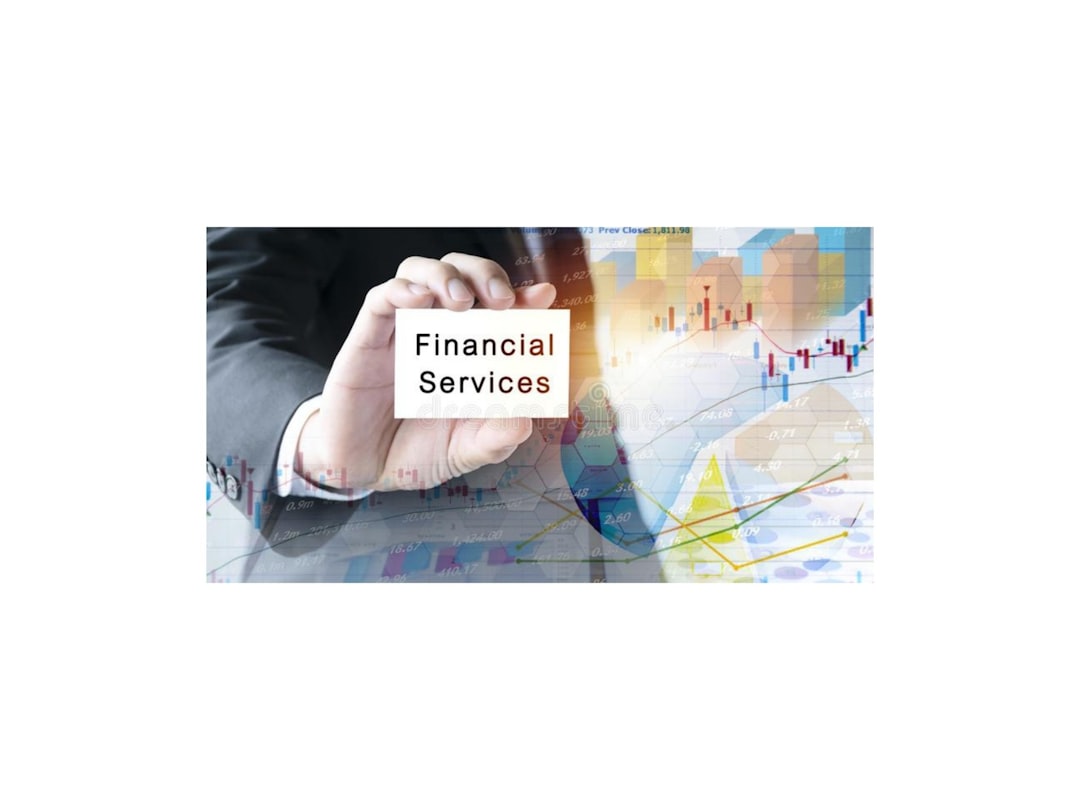
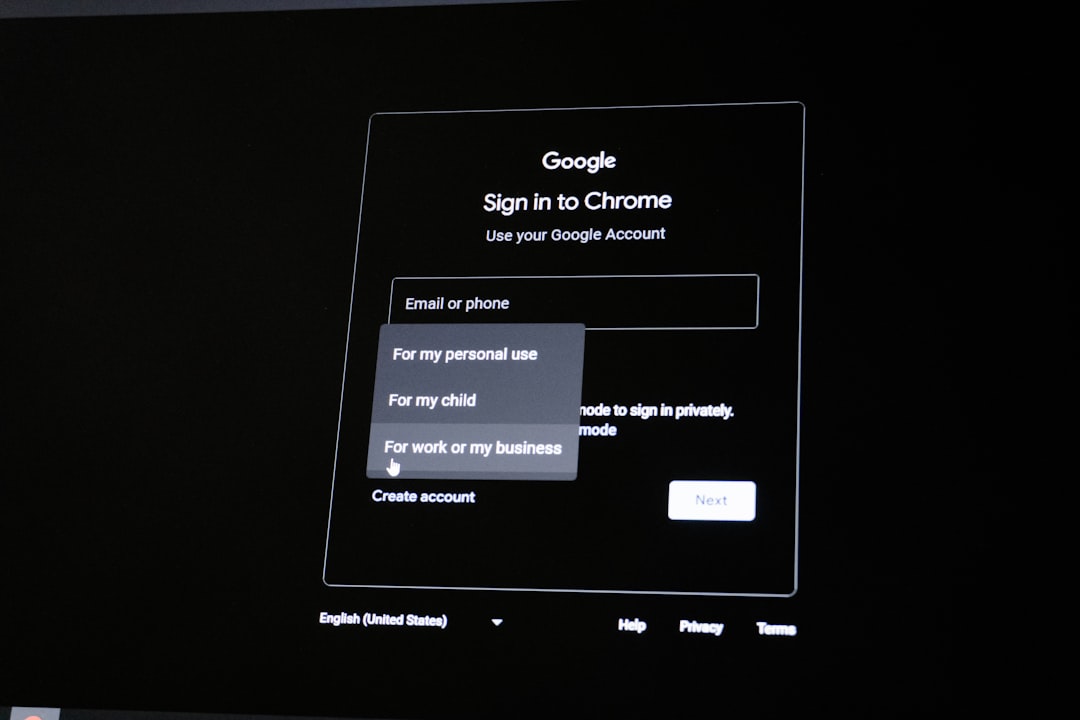
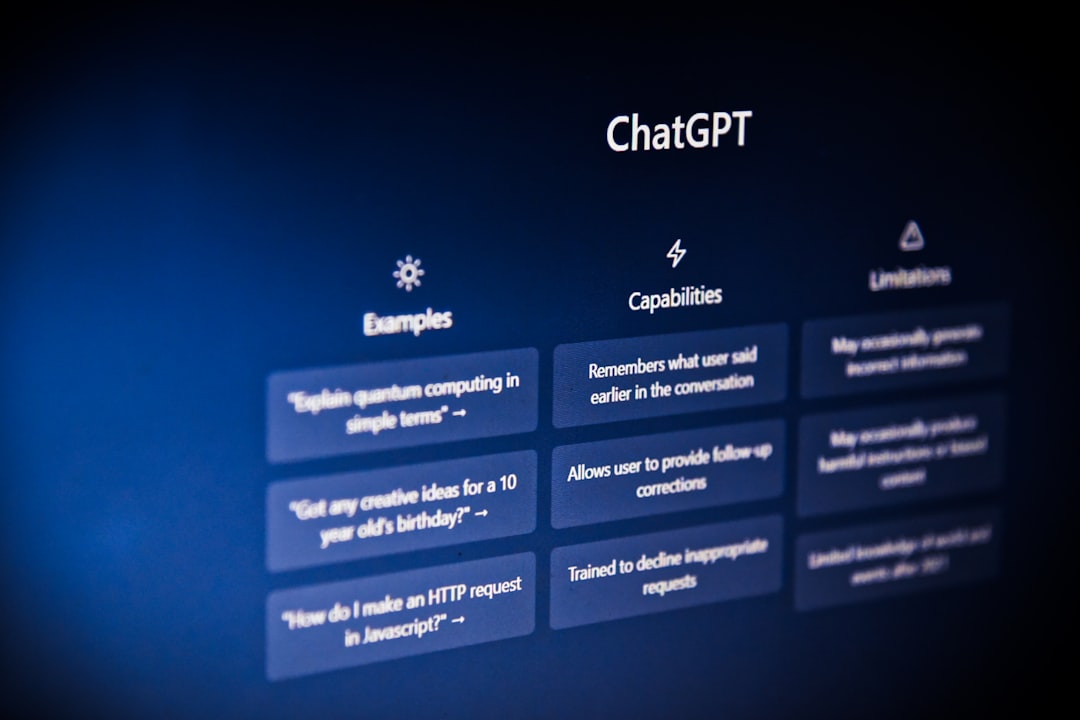
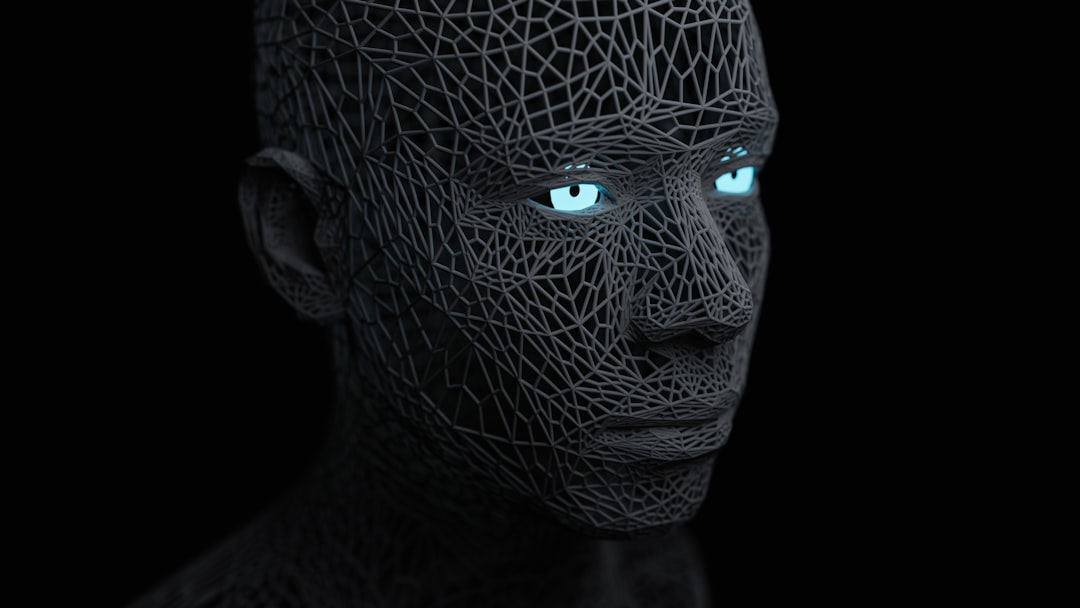
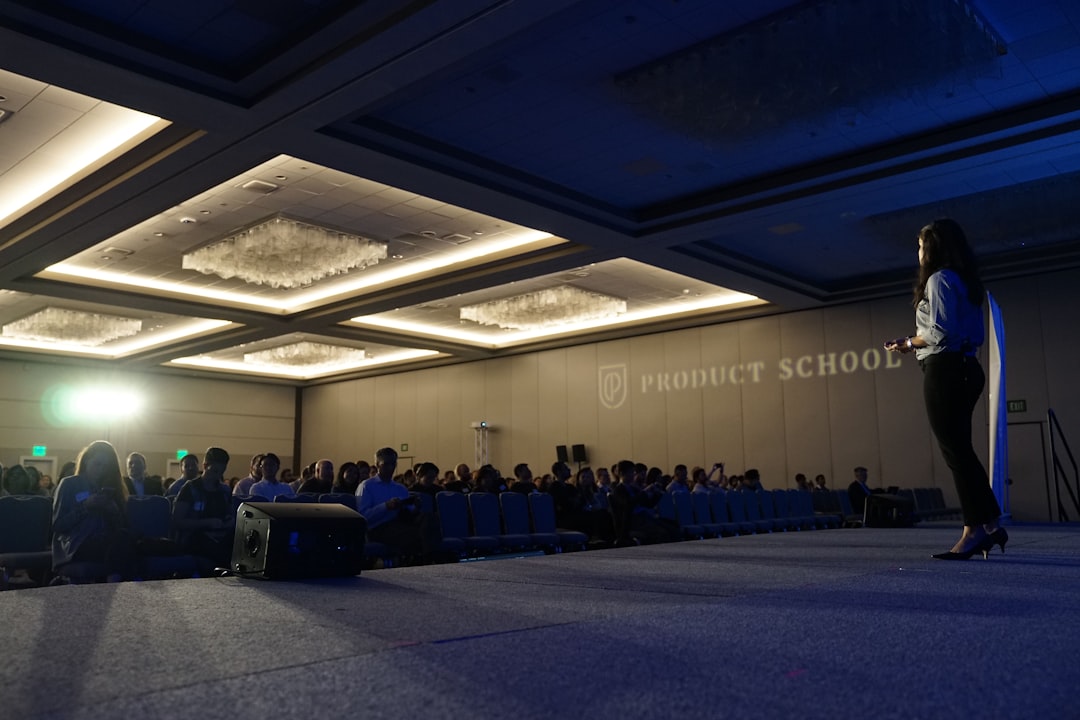
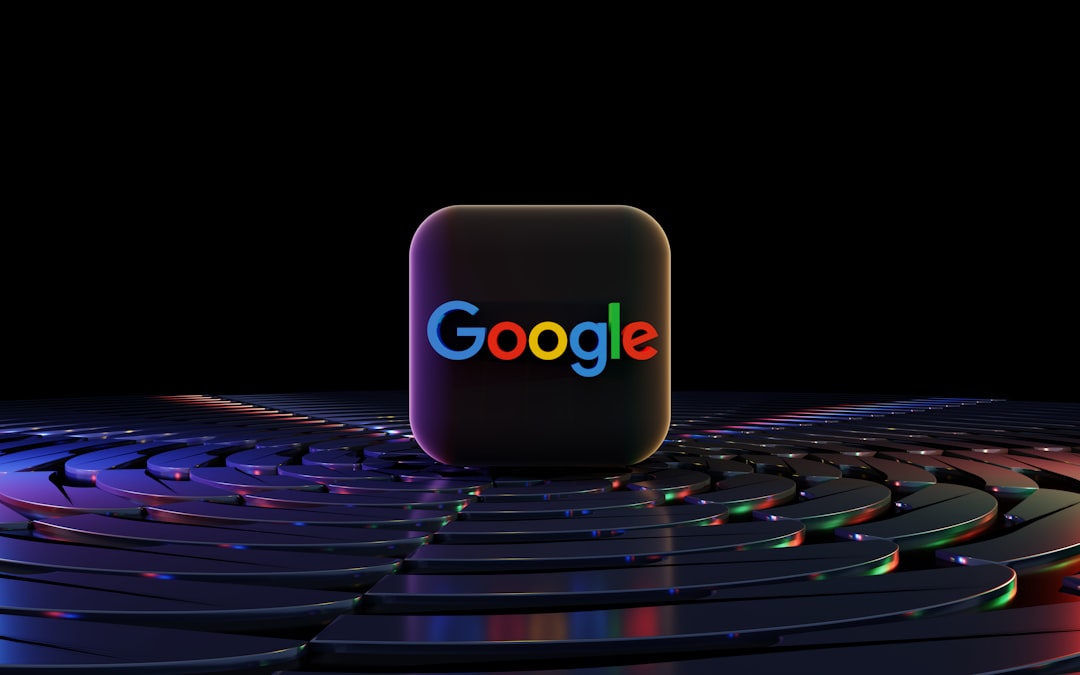
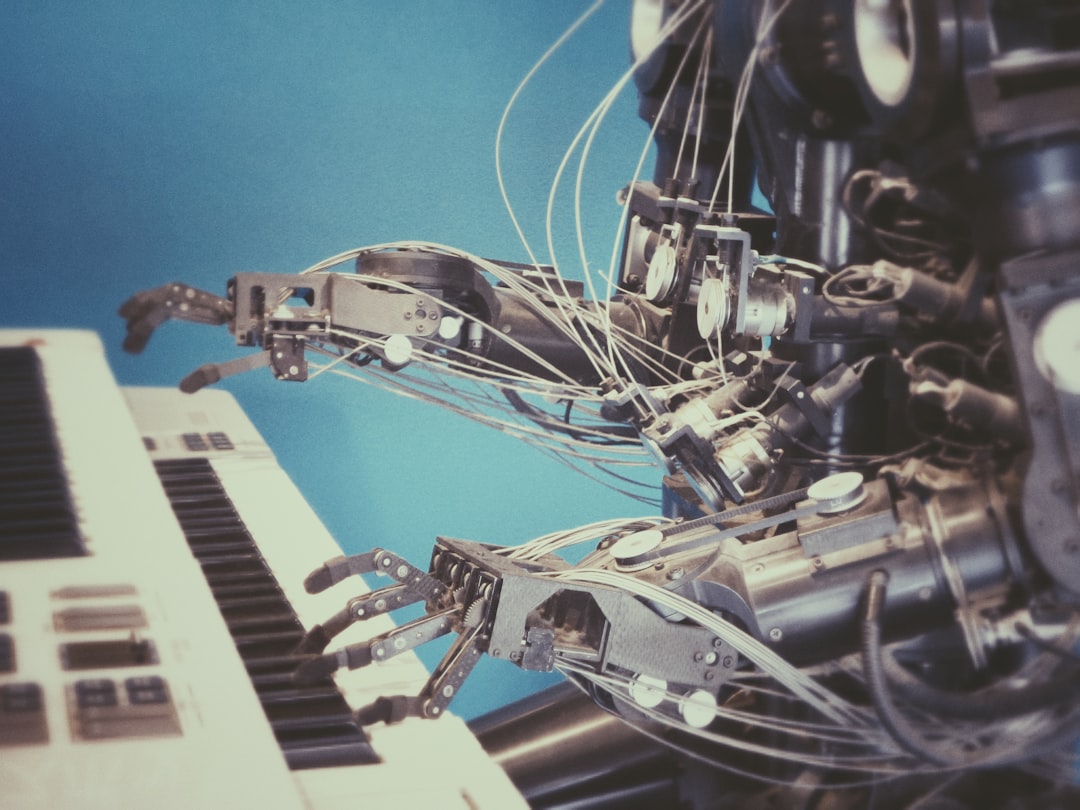
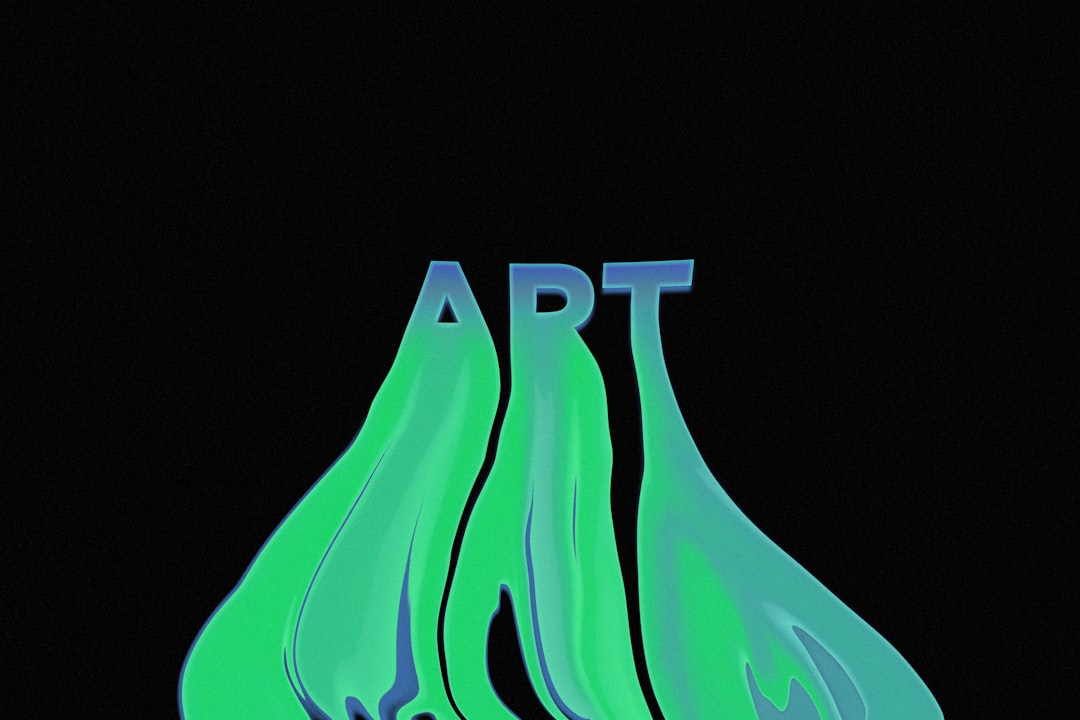
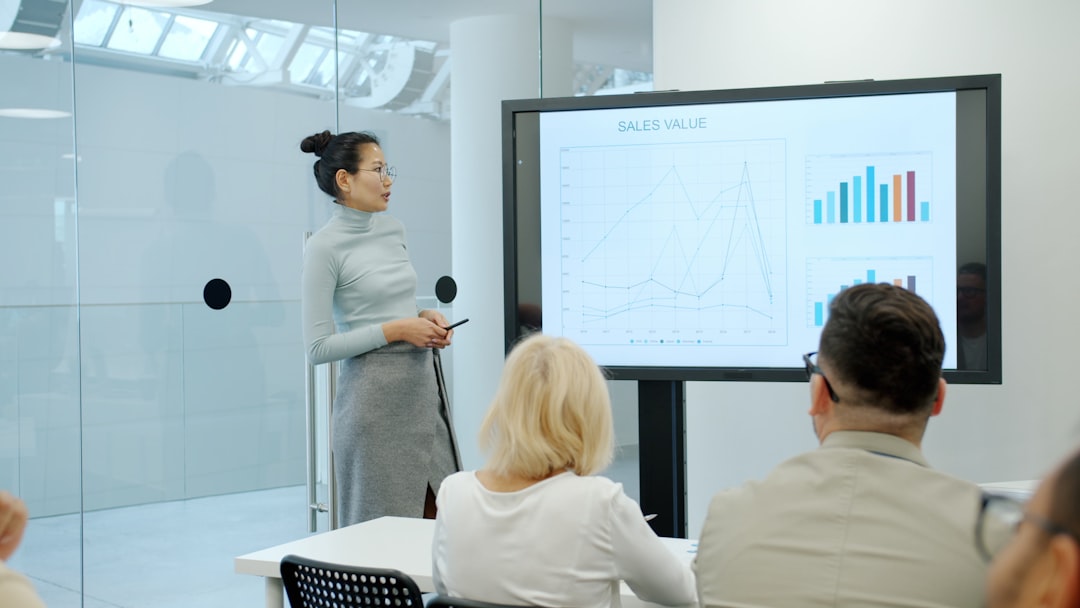
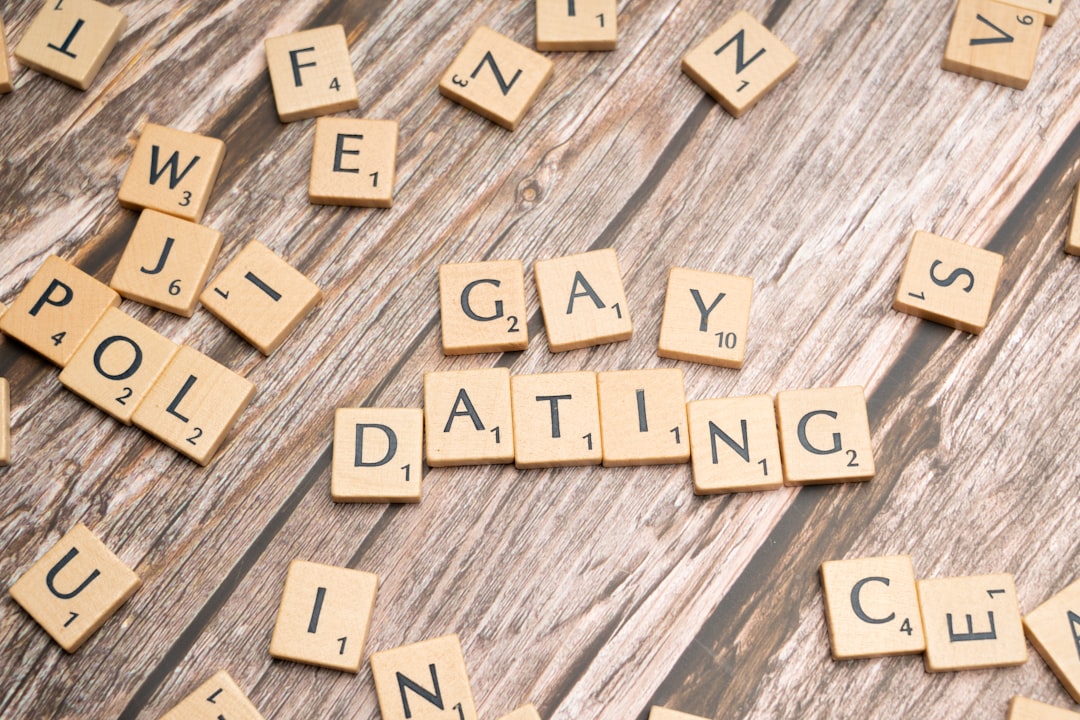
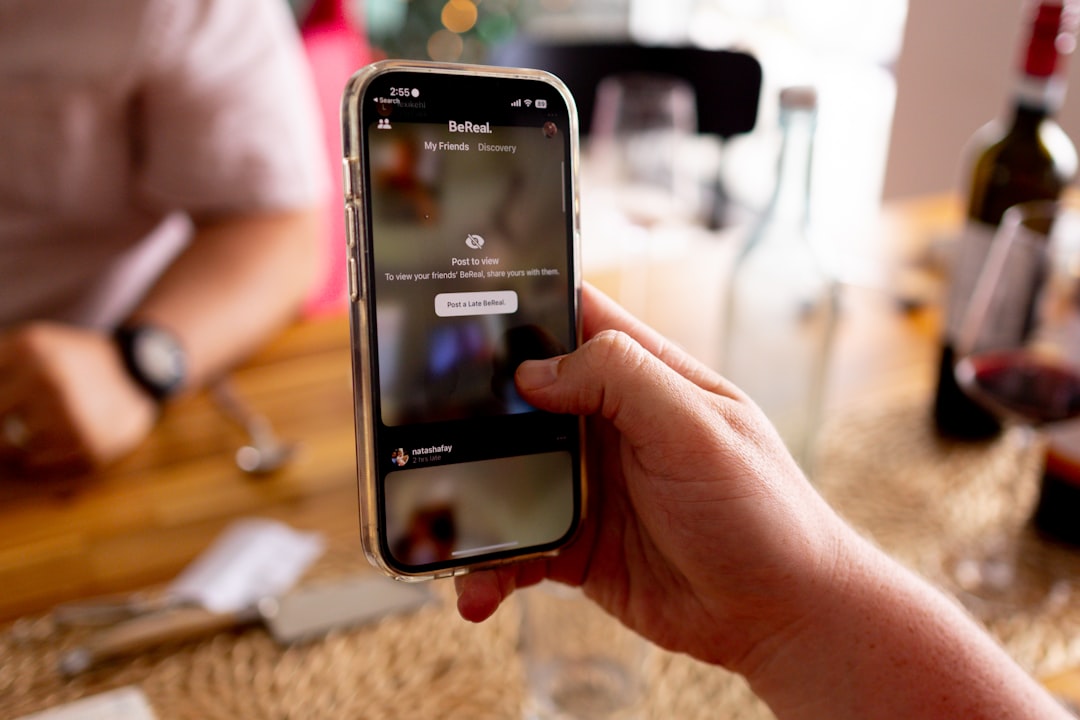
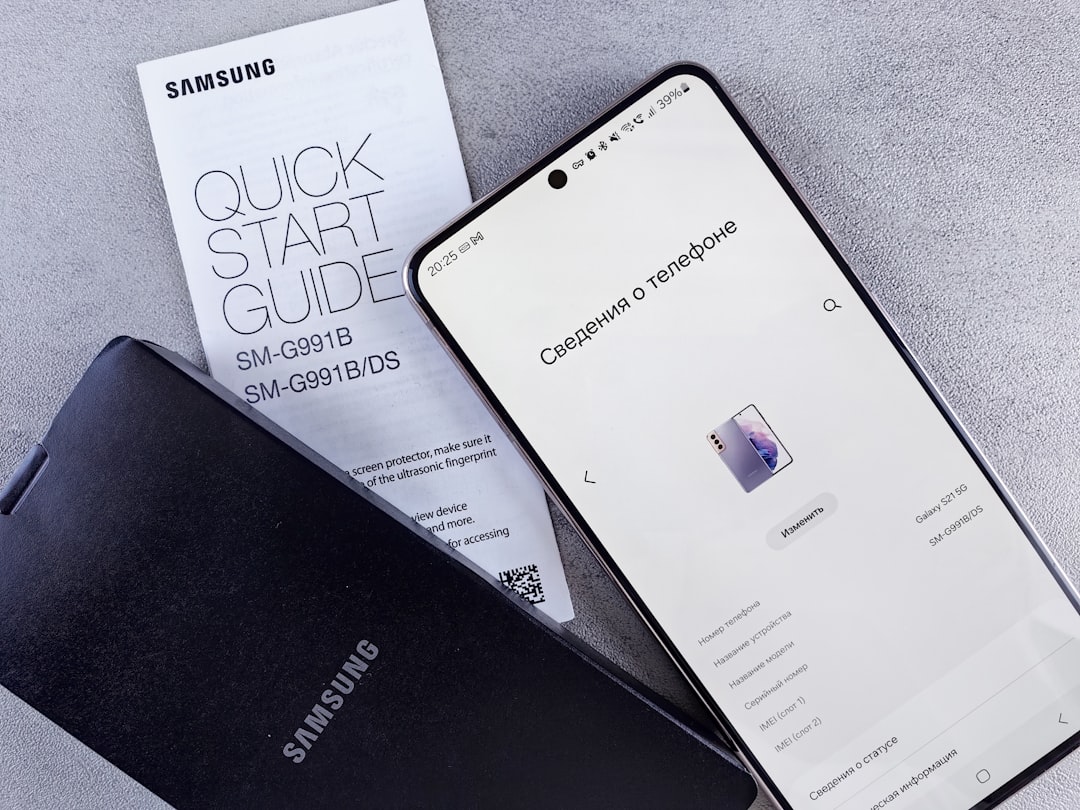
Leave a Reply